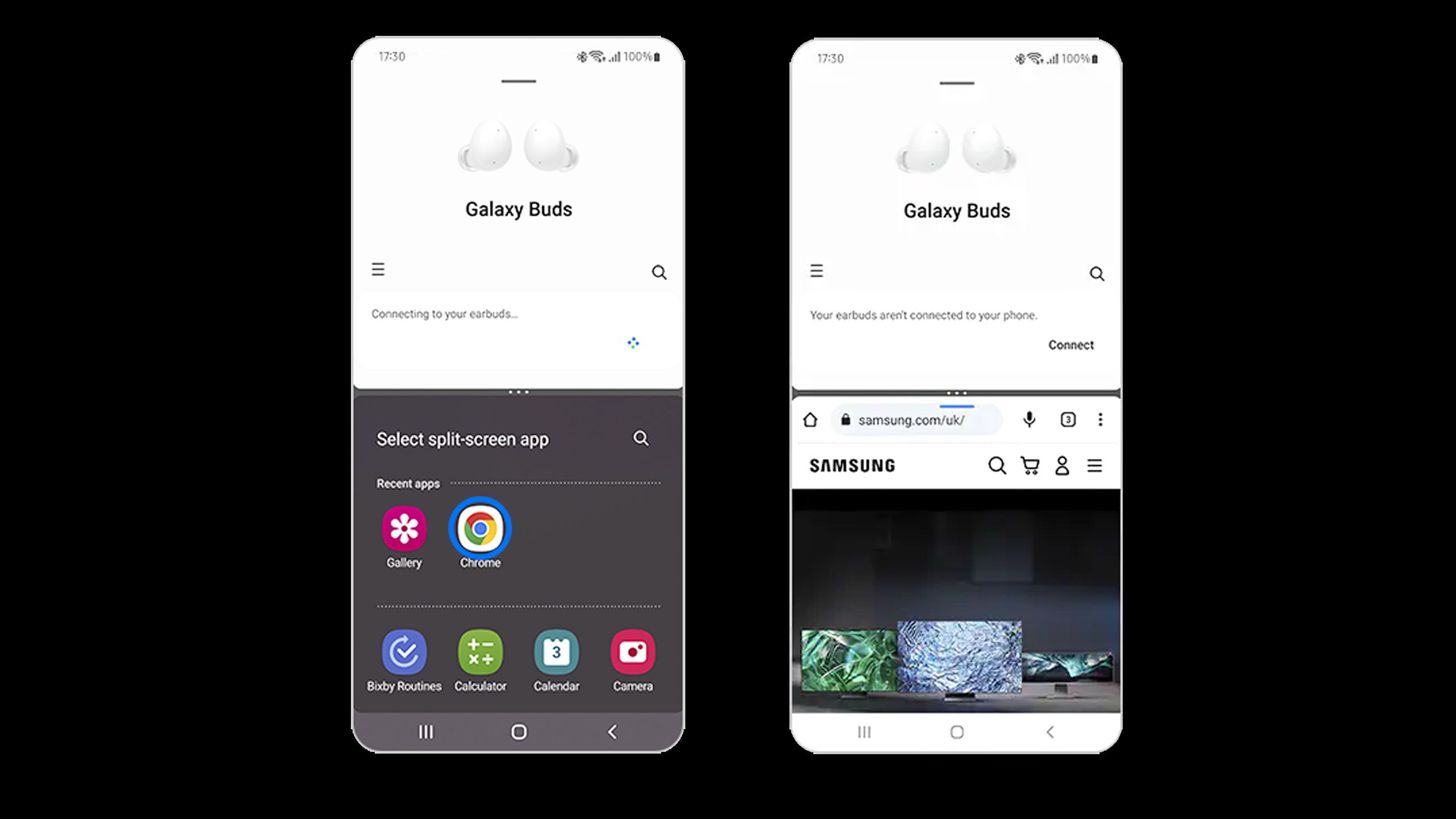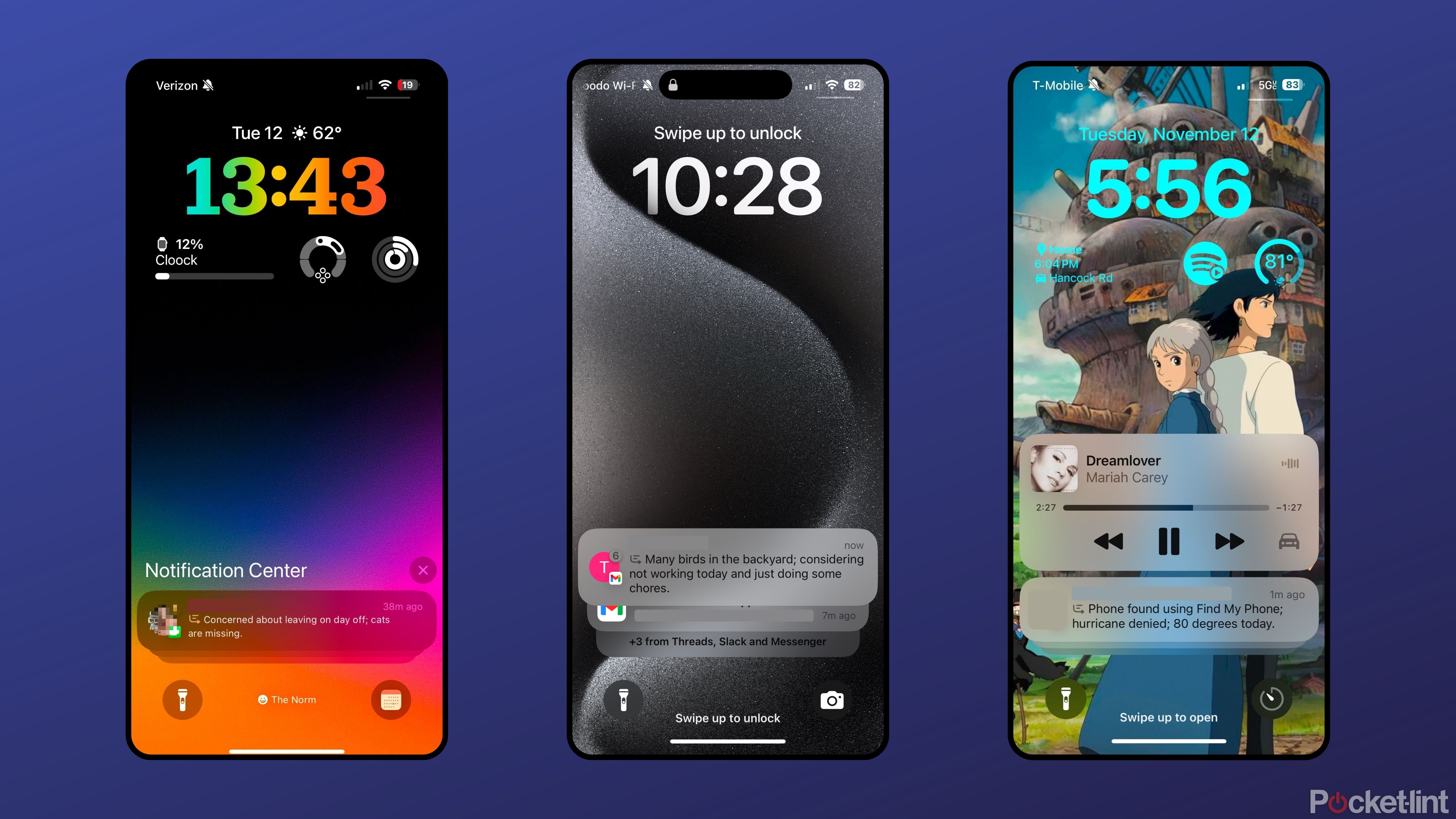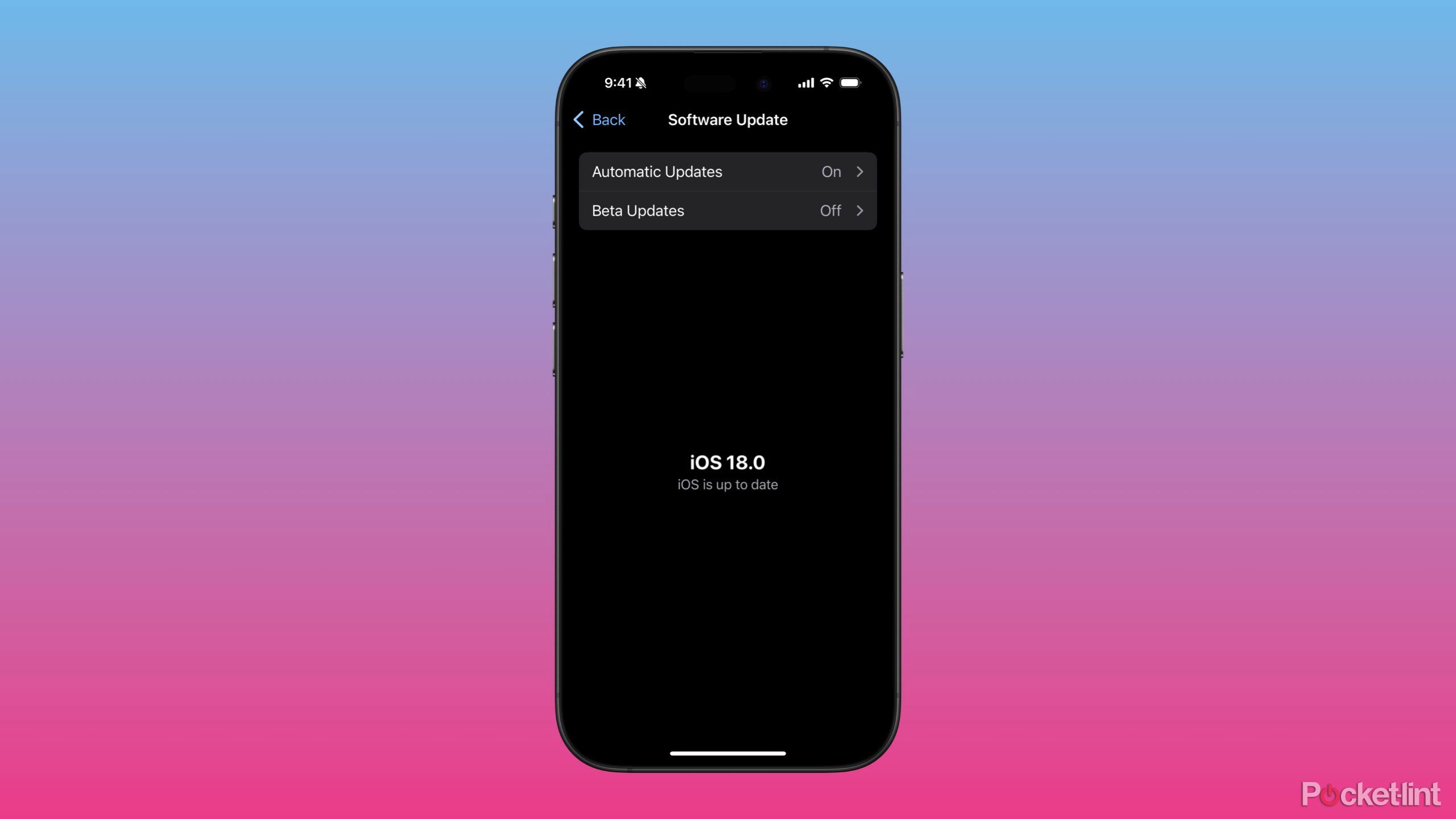Summary
- iOS 19 is expected to bring a major redesign, but many of its features are still under wraps.
- Additions I’d like to see include multi-window multitasking, a more organized notification system, and health features tailored to athletes, not just casual users.
- iOS could also benefit from a modular architecture, letting it match the frequency of improvements to Android.
Apple tends to be a relatively conservative company these days when it comes to new product releases.
iPhones
, iPads, Macs, and even the fashion-inflected
Apple Watch
tend to take small evolutionary steps each year, if they get updated at all. The company might be said to be a little more progressive when it comes to software, since it’s making a big bet with
Apple Intelligence
, but even then it’s mostly playing catch-up with Google’s AI advancements.
That makes
iOS 19
all the more noteworthy. Apple is said to be preparing a major redesign, its largest in fact, since it did away with skeuomorphism in iOS 7. I’m hoping that the changes run more than skin-deep, personally — here’s what I’d like to see in the new OS, which is due to be revealed June 9 at
Apple’s Worldwide Developers Conference
. Some or all of these things will probably be missing, but it can’t hurt to imagine.
Apple iPhone 16 Pro
Apple’s iPhone 16 Pro line features a few notable upgrades over last year’s iPhone 15 Pro, including a dedicated camera button, a new A18 Pro chip, a bigger screen, and several AI-powered Apple Intelligence features.
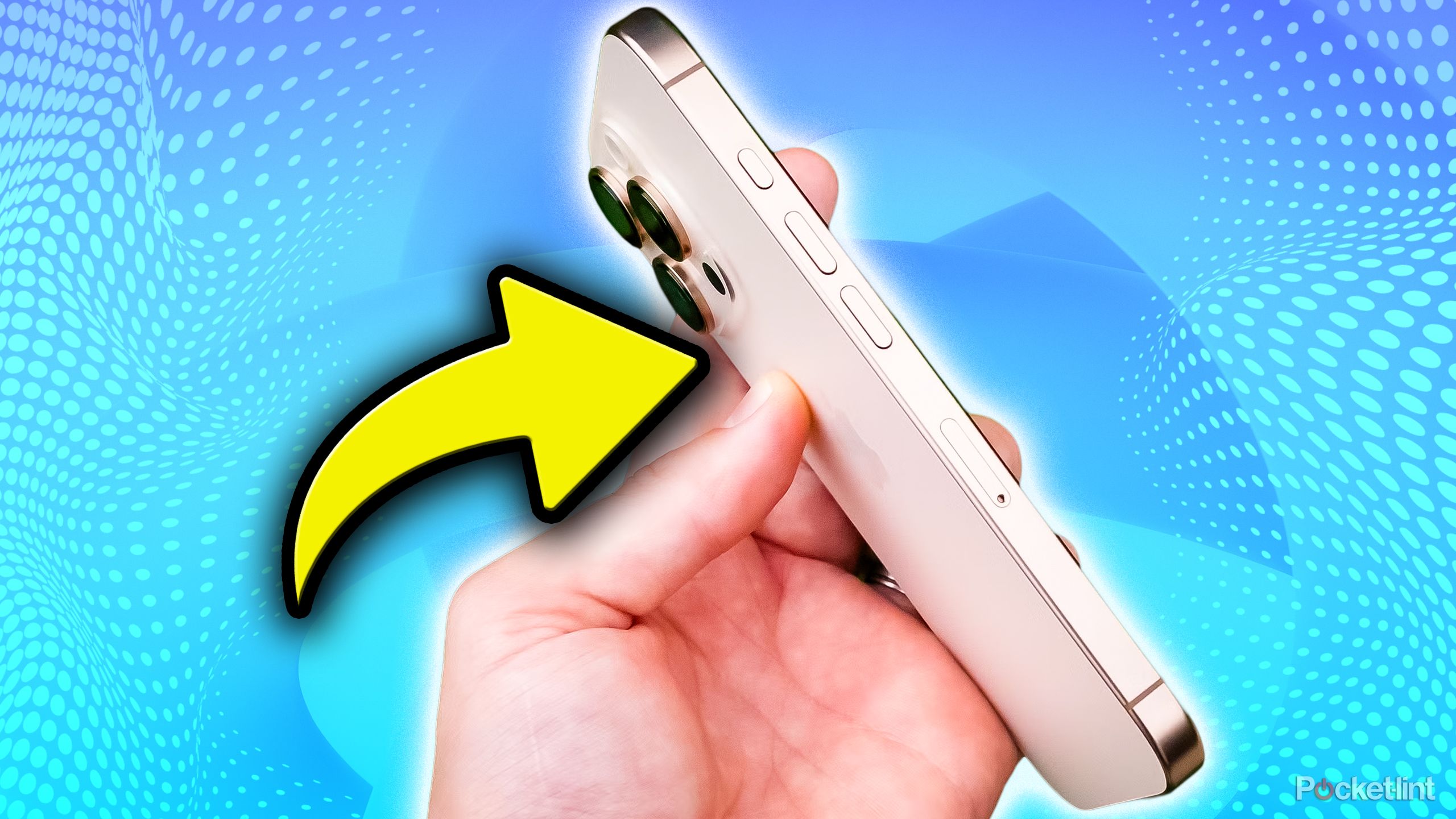
Related
4 of the best obscure iPhone features you’re not using
Apple doesn’t spend much time advertising some of its best quality-of-life improvements.
1
Multi-window multitasking
Let’s put the max in Pro Max
Samsung / Pocket-lint
One of the things that’s subtly bothered me about the Plus and Pro Max models of recent iPhones is that they don’t take much advantage of their extra screen space. They can cram slightly more content onscreen, but otherwise, there’s nothing special going on. Improved battery life is probably an equal if not better reason to buy the products.
Technically speaking, there’s already multitasking on iPhones, but only in the form of the Dynamic Island and picture-in-picture video.
Apple could fix this by adding the option to run two apps simultaneously in smaller windows. I’d prefer to have this on every iPhone, but it would naturally be more practical on Plus and Pro Max devices. I should note that, technically speaking, there’s already multitasking on iPhones, but only in the form of the Dynamic Island and picture-in-picture video. I’m talking about the ability to run two fully controllable apps — for instance, letting you browse Safari and Bluesky without repeatedly returning to the app switcher.
To some of you, this might sound ridiculous, but Samsung phones have had this feature for years (pictured above). It’s clearly workable. The situation is also slightly ironic, since you’d hope “pro” devices would let you get more done.
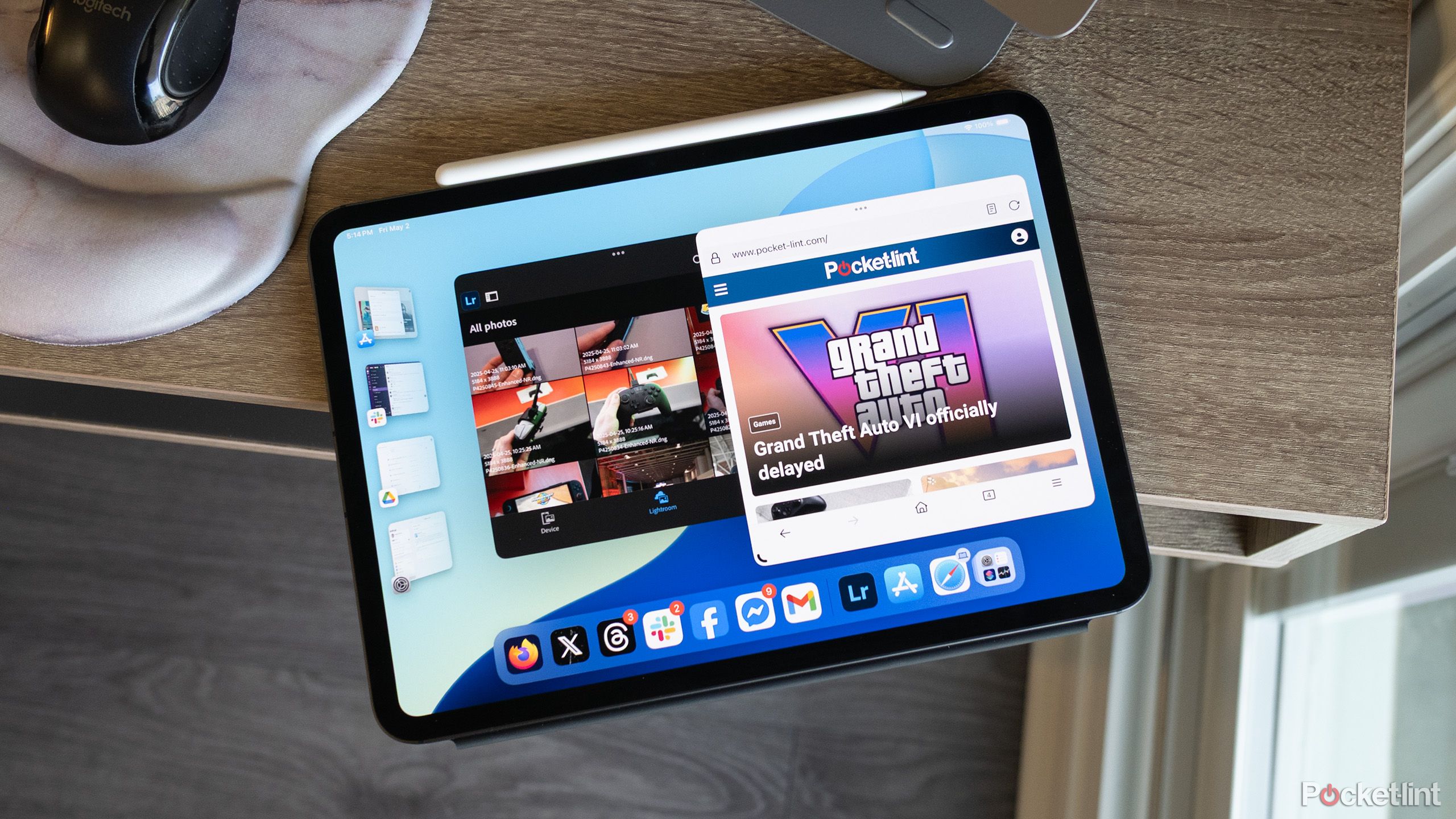
Related
Stage Manager may be coming to the iPhone, and that’s a really big deal
It could be the first step towards making the iPhone a do-it-all device.
2
A better-organized notification system
Rescue us from the daily avalanche
Things like grouping and AI-based notification summaries have helped make the Notification Center more manageable, but the truth is that it’s still too easy to find yourself overwhelmed. One of my chores every morning involves sorting through overnight notifications and figuring out which ones are actually important to my work and personal lives. Many app developers abuse notifications, frankly, whether to guilt you into engagement, or to push promotions you can’t afford or simply don’t care about. I’m looking at you, Uber.
Better developer rules would help, but it would also be nice to filter notifications by category, not just the app they belong to. If there were “Games” and “Promotions” categories, for example, I could automatically ignore or delete those notifications, instead concentrating on important items like news and chat replies. Better still would be the ability to permanently mute some categories — I know Promotions would be silenced forever.
There are probably other things Apple could do, but I don’t want to get too bogged down in this section, and it’s hard to say much more without knowing (for sure) what iOS 19 will look like.
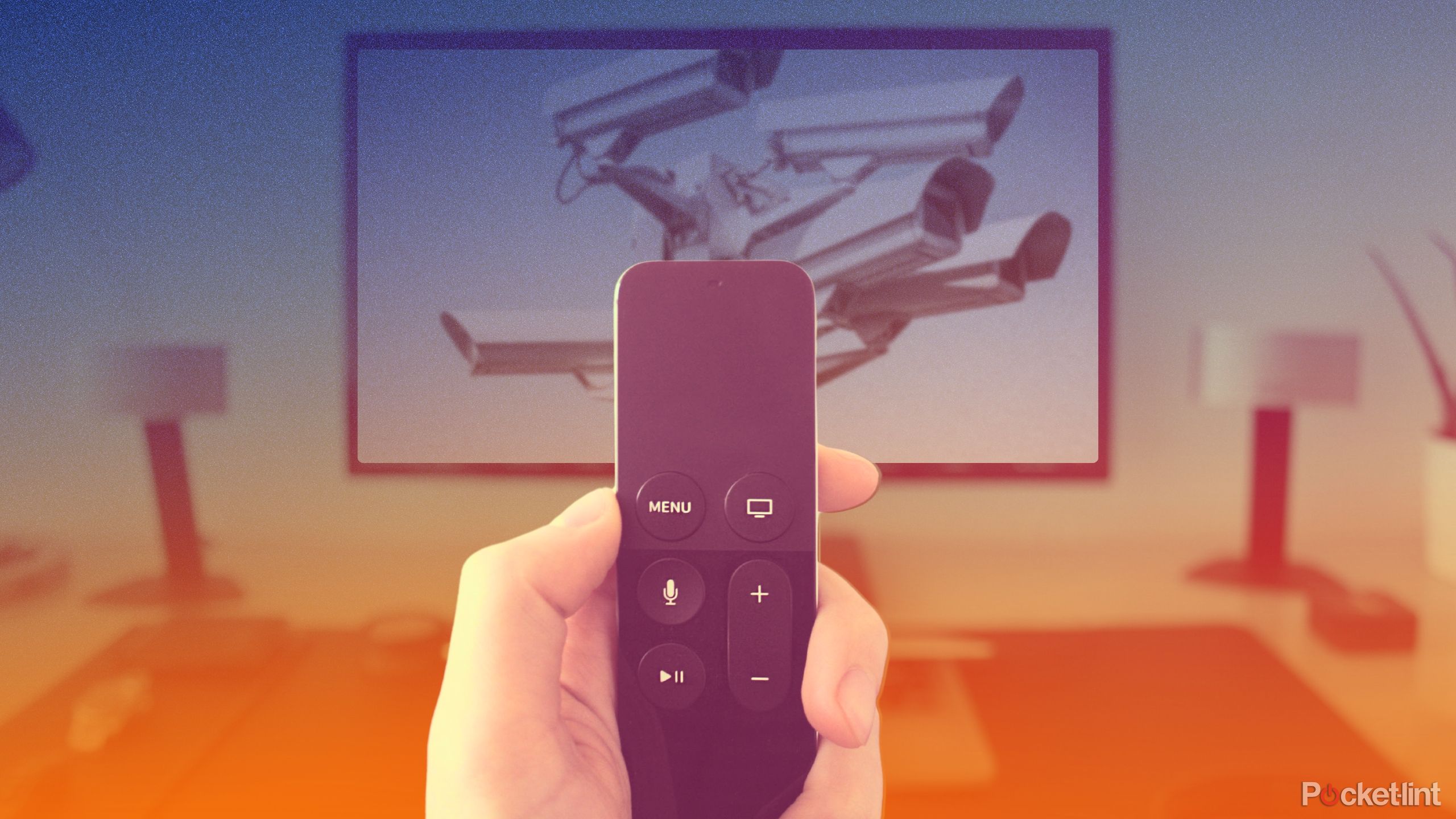
Related
Apple TV helped me escape an ad-infested hellscape
It’s a small act of rebellion in a market where your data is flying everywhere.
3
More useful health and fitness features
Tell me what I really want to know
Apple / Pocket-lint
My main hobby is weightlifting, so I rely pretty heavily on data from Apple’s Health and Fitness apps, which together synthesize data from my Apple Watch, my smart scale, and my calorie-counting app. The issue I have is that even with some tweaking, iOS 18 doesn’t do the best job of foregrounding the info I actually need to know. I’ll be told if I’ve completed my Move or Exercise rings, or met my sleep target — but I have to dig a few layers to see weight trends, my total daily calorie burn, or how long and well I slept last night.
Apple’s current scheme is mostly geared towards general health and encouraging the average person to get off the couch. That’s respectable, but there should be improvements that better support athletic goals. I’d love it if I could check total daily energy expenditure (TDEE) on a lockscreen widget, for instance, or get a sense of my training readiness ahead of a lifting session — not just a vague “Vitals” reading. There’s also no guidance on hitting specific goals, like fat reduction.
Apple is rumored to be working on an AI coaching service, but I don’t know if that will be ready for iOS 19’s launch this fall, much less any good.
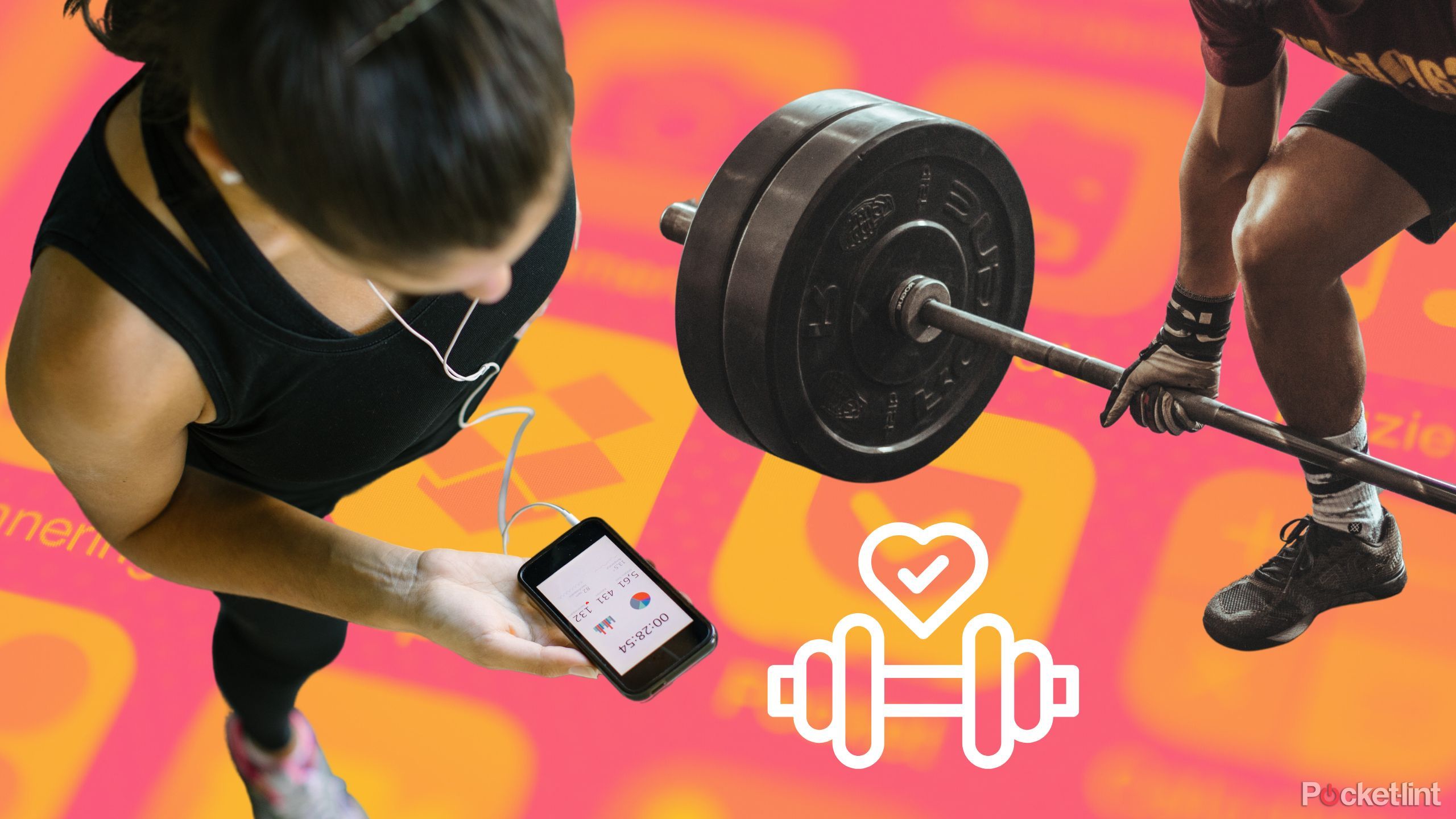
Related
I’m not sold on the idea of AI health coaching apps on my phone
Fitness may be simultaneously too nuanced and too simple for AI coaching.
4
Modular feature upgrades
Time to accelerate Apple’s software evolution
Since 2008, Apple has concentrated most of its iOS development on major annual releases. There are a few advantages to this, including a predictable cycle for its teams, the public, and third-party app developers.
Times have changed, however, creating a couple of major problems. The first is that some features are now too complex to deliver in the next year, such as Apple Intelligence, which still doesn’t have all the capabilities promised for iOS 18. Google, meanwhile, now frequently upgrades apps and features without waiting for the next major version of Android. Apple often looks like it’s playing catch-up each fall, no matter if some features could’ve been ready weeks or months earlier.
Apple often looks like it’s playing catch-up each fall.
The company is reportedly shifting towards a gradual update schedule, stuffing more into point releases. To be even more flexible, iOS should really switch to a modular architecture, allowing more components to be updated independently of each other, just like Android.
You wouldn’t have to wait until iOS 19.x, say, if the only things that needed to be updated for AI coaching were Health and Fitness. Apps like Messages and Apple Maps should definitely be updated as soon as possible — they can have a huge impact on our daily routines.

You might also like
Everything you need to know about PEVs, or personal electric vehicles
You can use PEVs to explore, run errands, or speed up your commute.
Trending Products

Logitech MK470 Slim Wireless Keyboard and Mouse Co...

Wireless Keyboard and Mouse Combo, 2.4G Silent Cor...

HP 17.3″ FHD Business Laptop 2024, 32GB RAM,...

Wireless Keyboard and Mouse Ultra Slim Combo, TopM...


